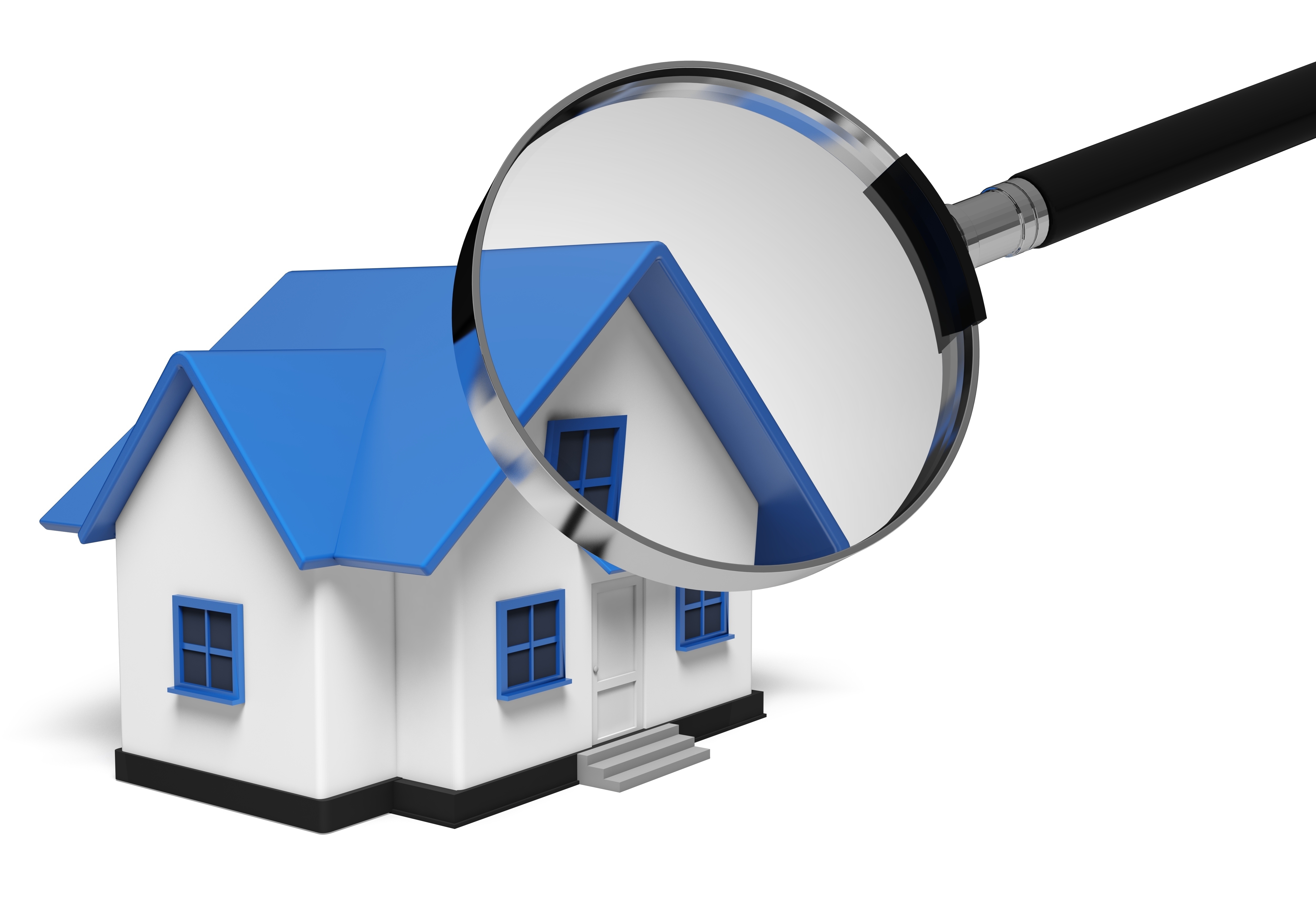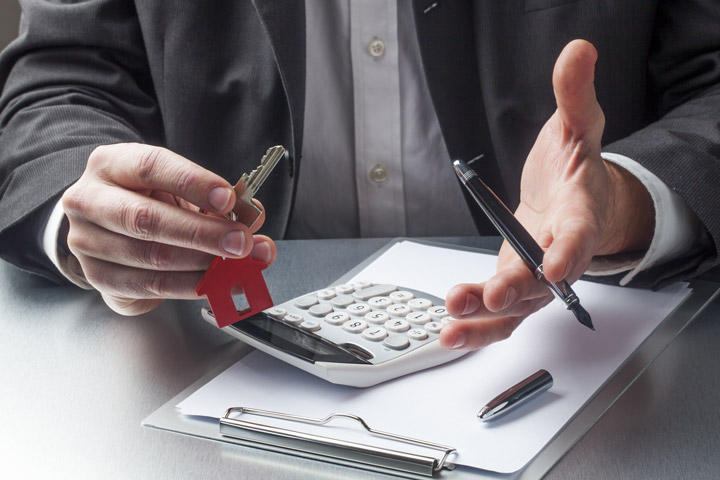
What Are the Components of an Appraisal?A home purchase can be the biggest transaction most people could ever consider. Whether it's a main residence, a second vacation property or an investment, purchasing real property is an involved financial transaction that requires multiple people working in concert to pull it all off. Most of the participants are quite familiar. The real estate agent is the most recognizable face in the exchange. Next, the bank provides the financial capital necessary to fund the exchange. The title company ensures that all requirements of the sale are completed and that a clear title transfers from the seller to the purchaser. So, who makes sure the value of the real estate is consistent with the amount being paid? This is where the appraiser comes in. We provide an unbiased estimate of what a buyer could expect to pay — or a seller receive — for a parcel of real estate, where both buyer and seller are informed parties. A licensed, certified, professional appraiser from Timothy Flanagan, NYS Certified RE Appriaser will ensure, you as an interested party, are informed. Inspecting the subject propertyTo ascertain an accurate status of the property, it's our responsibility to first complete a thorough inspection. We must see aspects of the property hands on, such as the number of bedrooms and bathrooms, the location, living areas, etc, to ensure they indeed exist and are in the condition a typical person would expect them to be. To ensure the stated square footage has not been misrepresented and describe the layout of the property, the inspection often requires creating a sketch of the floorplan. Most importantly, we identify any obvious features - or defects - that would have an impact on the value of the property. Back at the office, we use two or three approaches to determining the value of the property: paired sales analysis and, in the case of a rental property, an income approach. 
Replacement CostHere, the appraiser gathers information on local building costs, labor rates and other elements to calculate how much it would cost to replace the property being appraised. This value often sets the upper limit on what a property would sell for. It's also the least used method. 
Analyzing Comparable SalesAppraisers become very familiar with the neighborhoods in which they appraise. They innately understand the value of certain features to the homeowners of that area. Then, the appraiser researches recent transactions in the vicinity and finds properties which are 'comparable' to the real estate being appraised. Using knowledge of the value of certain items such as square footage, additional bathrooms, hardwood floors, fireplaces or view lots (just to name a few), we adjust the comparable properties so that they more accurately portray the features of subject.
A true estimate of what the subject could sell for can only be determined once all differences between the comps and the subject have been evaluated. At Timothy Flanagan, NYS Certified RE Appriaser, we are experts when it comes to knowing the value of real estate features in Wantagh and Nassau County neighborhoods. The sales comparison approach to value is typically given the most consideration when an appraisal is for a real estate purchase. Valuation Using the Income ApproachIn the case of income producing properties - rental houses for example - the appraiser may use a third method of valuing a property. In this situation, the amount of income the real estate yields is taken into consideration along with income produced by neighboring properties to determine the current value. Arriving at a Value ConclusionExamining the data from all approaches, the appraiser is then ready to state an estimated market value for the subject property. It is important to note that while the appraised value is probably the best indication of what a house is worth, it may not be the final sales price. Depending on the specific situations of the buyer or seller, their level of urgency or a buyer's desire for that exact property, the closing price of a home can always be driven up or down.But the appraised value is often employed as a guideline for lenders who don't want to loan a buyer more money than the property is actually worth. At the end of the day, an appraiser from Timothy Flanagan, NYS Certified RE Appriaser will guarantee you get the most accurate property value, so you can make the most informed real estate decisions. |